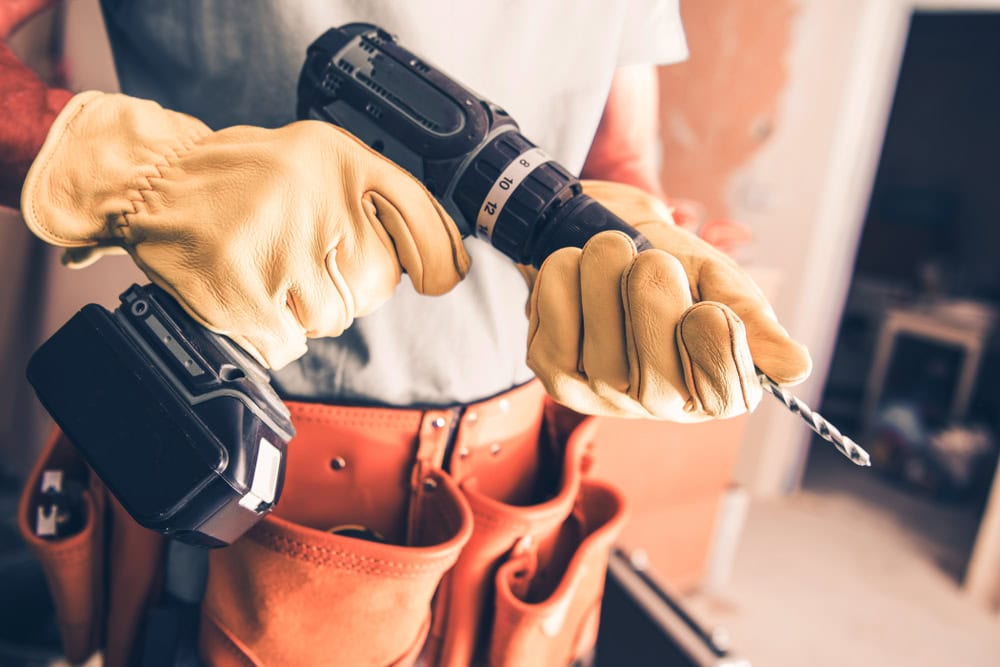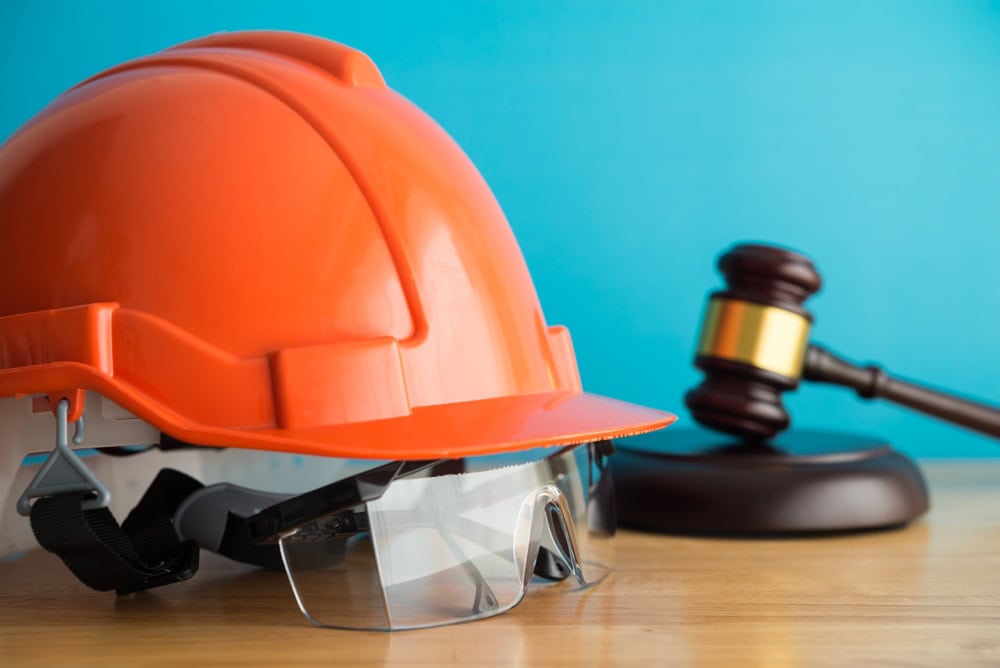Do You Need a License for Each Trade You Perform in California?
If you’re preparing for the California contractor license exam, you’ve probably wondered: Do you need a separate license for every trade you perform? The answer is nuanced, shaped by California’s unique licensing system and recent regulatory updates. Understanding these rules is essential—not just for passing your exam, but for running a compliant, successful business. Let’s … Read more










